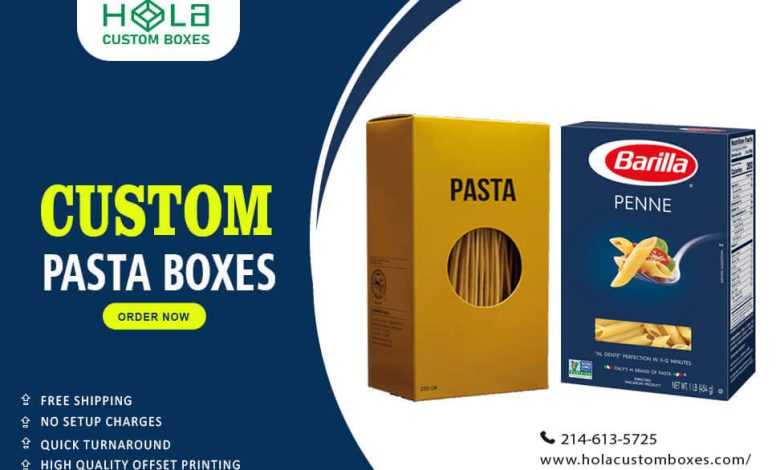6 Ways to Lower Your Packaging and Shipping Costs

Here are 6 ingenious methods to slash your packaging and shipping expenses while maintaining quality and sustainability—discover how to start saving today.
In the current economic climate, businesses are increasingly seeking innovative methods to reduce operational expenses, particularly in packaging and shipping. Implementing cost-effective strategies without compromising quality or sustainability can be challenging. By focusing on right-sizing boxes and using lightweight materials, companies can greatly cut costs.
Custom cushioning, optimized packaging design, and leveraging sustainable options further contribute to savings. Consolidating shipments plays an important role in enhancing efficiency and lowering handling fees. Each of these approaches offers unique benefits, and a deeper exploration reveals how businesses can seamlessly integrate these strategies into their operations.
Main Points
- Right-size boxes to match product dimensions accurately and reduce unnecessary space.
- Use lightweight and eco-friendly materials to lower costs without compromising product safety.
- Implement automated packaging processes to increase efficiency and reduce labor costs.
- Consolidate shipments and negotiate better rates with carriers to lower transportation expenses.
- Integrate shipping software for automating order processing and comparing rates to select cost-effective options.
Right-Size Your Custom Shipping Boxes
How can businesses effectively lower shipping costs and enhance product protection?
One of the most impactful strategies is to right-size boxes to match product dimensions accurately. By tailoring packaging to the precise size of the products, companies can greatly reduce unnecessary space, which in turn contributes to lower shipping costs. The elimination of excess space within packaging not only leads to cost savings but also improves efficient shipping practices.
Choosing the appropriate packaging size enhances product protection by minimizing the risk of damage during transit. When products fit snugly within their boxes, they are less likely to shift and incur damage, thereby maintaining their integrity throughout the shipping process. This practice not only ensures the safe delivery of goods but also augments customer satisfaction, as items arrive in pristine condition.
Right-sizing boxes can reduce the incidence of cart abandonment. Consumers are more likely to complete purchases when they perceive that shipping costs are fair and justifiable. By avoiding oversized packaging, businesses can present a more cost-effective shipping option, which further contributes to customer satisfaction.
Implementing these measures leads to substantial cost savings, bolstered product protection, and overall improved shipping efficiency.
Use Lightweight Materials For Custom Packaging
Utilizing lightweight materials for packaging can greatly reduce shipping costs by decreasing the overall weight of the parcels. Materials such as foam, bubble wrap, and certain plastics are excellent choices to achieve this objective. By minimizing the package weight, companies can considerably reduce shipping expenses. However, it is important to make sure that these lightweight materials do not compromise product safety during transit.
Testing the durability of these packaging materials is essential to verify they offer adequate protection. Opting for lightweight yet durable packaging can help in maintaining the integrity of the products while keeping shipping costs low. Using lightweight materials contributes to eco-friendly packaging solutions. Lighter packages result in reduced carbon emissions during transportation, making this approach beneficial for both the environment and the bottom line.
Incorporating lightweight materials is a cost-effective strategy to minimize shipping expenses without sacrificing the quality of packaging. These materials help secure the products effectively, ensuring they reach their destination in perfect condition.
Hence, businesses should consider integrating lightweight options in their packaging processes to not only reduce shipping costs but also promote sustainable practices. This dual benefit makes lightweight materials a valuable asset in modern packaging and shipping strategies.
Implement Custom Cushioning On Boxes
Building on the benefits of lightweight materials, implementing custom cushioning can further optimize packaging efficiency and enhance product protection during transit. By tailoring cushioning to the specific shape and size of your products, you not only create a tailored protective layer but also minimize excess material usage, which can greatly reduce packaging costs.
Custom cushioning materials such as foam inserts and air pillows offer superior protection, ensuring that items reach their destination in pristine condition, thereby lowering the risk of returns and additional shipping expenses.
Custom cushioning also leads to more efficient packaging by eliminating the need for additional fillers, thereby reducing both material and labor costs. Using custom cushioning solutions can enhance brand reputation by showcasing your commitment to product safety and quality, which can build customer trust and loyalty.
- Reduce the risk of product damage, enhancing customer satisfaction
- Minimize excess material usage, achieving lower packaging costs
- Ensure superior protection with foam inserts and air pillows
- Eliminate the need for additional fillers, streamlining packing processes
- Enhance brand reputation by demonstrating a commitment to product safety
Incorporating custom cushioning into your packing materials strategy not only leads to efficient packaging but also contributes to considerable cost savings in the long run.
Optimize Packaging Design
To sum up, tailoring dimensions to the specific size of the product is crucial in optimizing packaging design, as it reduces wasted space and greatly lowers shipping costs. By ensuring that packaging is precisely fitted to the product’s dimensions, companies can notably reduce the volume of materials used and the overall weight of the package. This not only helps to cut shipping costs but also enhances cost efficiency.
Implementing lightweight packaging materials can further decrease shipping expenses while maintaining the necessary strength for product protection. Utilizing custom inserts and void fillers can also minimize damage during transit, thereby reducing return rates and associated costs.
Moreover, modular packaging designs promote efficient use of storage space and simplify stacking, making both shipping and warehousing more economical.
Adopting stackable packaging solutions can optimize the use of space in transportation and storage, leading to reduced costs. Incorporating recycled materials and bio-based materials into packaging can meet the rising demand for eco-friendly solutions while maintaining product protection standards. This approach not only minimizes environmental impact but also appeals to environmentally conscious consumers.
Leverage Sustainable Packaging Options
Incorporating sustainable options into packaging strategies not only reduces environmental impact but also aligns with the growing consumer demand for eco-friendly products. Sustainable packaging solutions, such as using bio-based and compostable materials, help minimize waste and promote environmental stewardship.
By integrating recycled content into your packaging, you can reduce the amount of waste sent to landfills and comply with legislative requirements for post-consumer recycled materials. Choosing lightweight packaging materials, such as foam, bubble wrap, or plastics, can considerably decrease shipping costs while still ensuring product protection.
Highlighting the use of eco-friendly materials as part of your branding strategy not only enhances your brand image but also attracts eco-conscious consumers, potentially increasing sales and brand recognition. Embracing sustainable packaging solutions provides multiple benefits:
- Reduces environmental impact
- Minimizes waste
- Lowers shipping costs
- Enhances brand image
- Attracts eco-conscious consumers
Incorporating sustainable packaging is not only a responsible choice for the environment but also a strategic move to meet the evolving preferences of today’s consumers. By opting for eco-friendly materials and lightweight packaging, businesses can effectively decrease shipping costs and promote a positive brand image, while contributing to a more sustainable future.
Consolidate Shipments
Consolidating shipments can greatly reduce overall shipping costs by minimizing the number of individual packages sent. By combining multiple orders into one shipment, businesses can markedly lower handling fees and transportation expenses. This approach not only leads to immediate savings but also opens the door to better volume discounts from carriers, further enhancing cost efficiency.
Grouping shipments together also reduces the risk of lost or delayed packages, which can substantially improve customer satisfaction. When customers receive their orders promptly and in good condition, their trust and loyalty to the business are reinforced.
Implementing consolidated shipping strategies can streamline logistics operations, making the entire shipping process more efficient and manageable.


